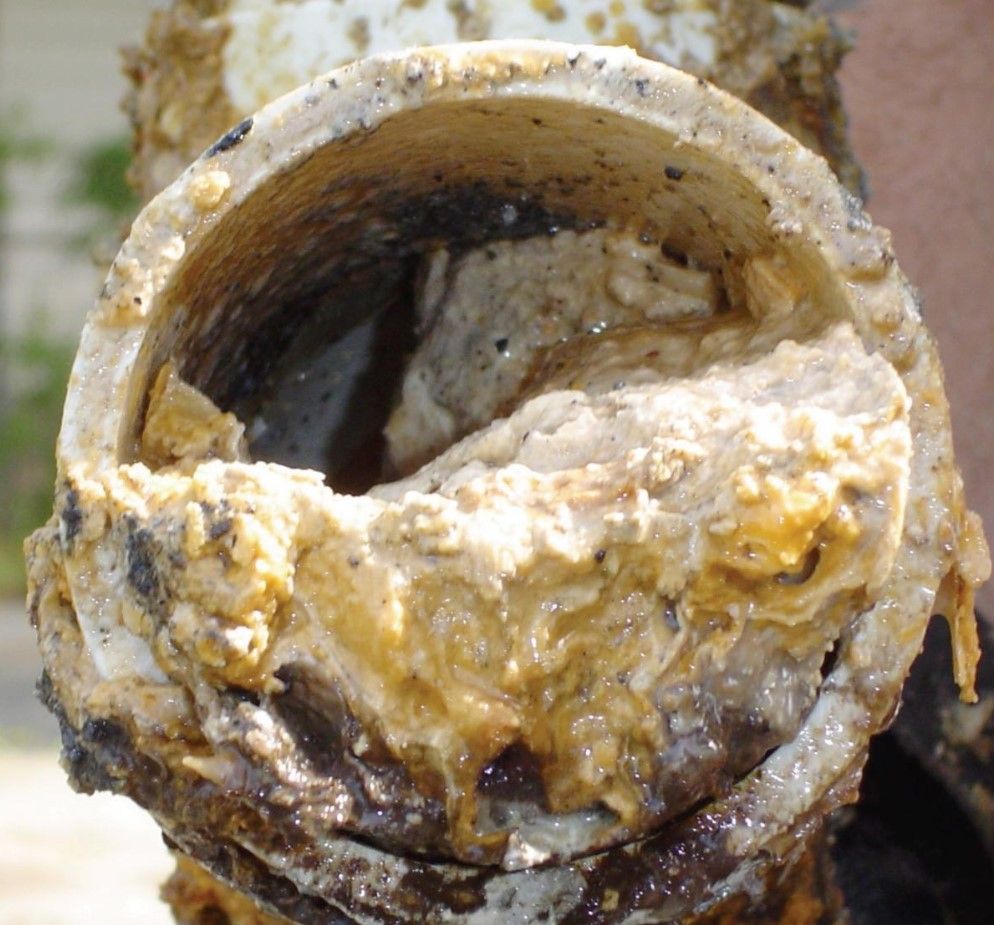
Does Coconut Oil Clog Your Drainage?
- Coconut oil solidifies below 76°F, leading to clogs in cold pipes.
- Regular oil pulling can cause buildup if oil is rinsed down drains.
- Use boiling water to help flush coconut oil before it hardens.
- Routine cleanings prevent backups in your drains and costly repairs.
Coconut oil is a popular choice for cooking and self-care, but it may not be as friendly to your plumbing as it is to your skin. While it seems harmless in liquid form, coconut oil can wreak havoc on your pipes once it cools. Let’s explore how this happens, why you need to be cautious, and what you can do to avoid backups in your drains.
One of the unique properties of coconut oil is its ability to change state. Coconut oil solidifies when temperatures drop below the coconut oil melting point, which is between 74-76°F. This means that while it may pour easily down the drain in a warm, liquid state, it cools quickly inside pipes, especially in colder months or in areas with minimal water flow. Over time, this solid oil adheres to the walls of the pipes, trapping debris like hair and food particles, which eventually leads to clogs.
Even regular flushing with hot water might not fully clear the pipes. Coconut oil tends to mix with other materials, forming stubborn clogs that restrict water flow and cause backups in your drains.
Why Is Oil Pulling a Problem for Plumbing?
The practice of oil pulling—swishing coconut oil in your mouth for oral hygiene—can also create plumbing issues if the oil is spat down the sink or toilet afterward. While it may seem like a harmless way to dispose of it, the cooled oil can coat your pipes and lead to gradual blockages. Even small, repeated amounts build up over time, eventually clogging the drainage system.
The good news is there are practical ways to minimize the risks and keep your pipes flowing freely. By adopting a few proactive habits, you can prevent backups in your drains and avoid the need for costly plumbing repairs.
1. Dispose of Coconut Oil Properly
It might seem easy to rinse leftover coconut oil down the sink, but this is one of the primary ways clogs form. Instead, allow the oil to cool and harden in a disposable container or jar. Throw it in the trash once solidified—this method ensures it doesn’t enter your pipes and cause problems.
2. Use Boiling Water When Necessary
If coconut oil accidentally goes down the drain, flush it immediately with boiling water. The high temperature can melt the oil and help it flow through the pipes before it cools. Keep in mind that while this might provide short-term relief, it’s not a long-term solution—especially if there are already deposits in the pipes.
3. Install Drain Covers in Key Areas
In bathrooms and kitchens where coconut oil or products containing it are used (such as body scrubs or conditioners), mesh drain covers can trap hair and debris. These materials can mix with oil, harden, and form blockages, so catching them early helps prevent stubborn clogs.
4. Schedule Routine Drain Maintenance
Even with careful habits, small amounts of coconut oil can build up over time. Routine maintenance, such as professional drain cleanings, ensures that minor clogs don’t develop into major issues. A plumber can also inspect the pipes for any hidden blockages or damage that might worsen without intervention.
The Importance of Professional Help
When clogs persist despite your efforts, it’s time to call in a professional. A plumber can use specialized tools like drain snakes or hydro jetting to break down hardened oil deposits safely. Routine maintenance from experts ensures your drainage system remains in peak condition and prevents costly repairs.
Using coconut oil has its benefits, but your plumbing might not agree. Whether it’s from oil pulling or cooking, coconut oil can clog pipes, especially when coconut oil solidifies inside them. If you’re facing drainage issues or backups in your drains, Superior Plumbing can help. Our experienced team offers drain cleaning services to clear stubborn clogs and ensure your plumbing system flows smoothly. Contact us today for reliable service and professional advice to keep your pipes free of blockages.
